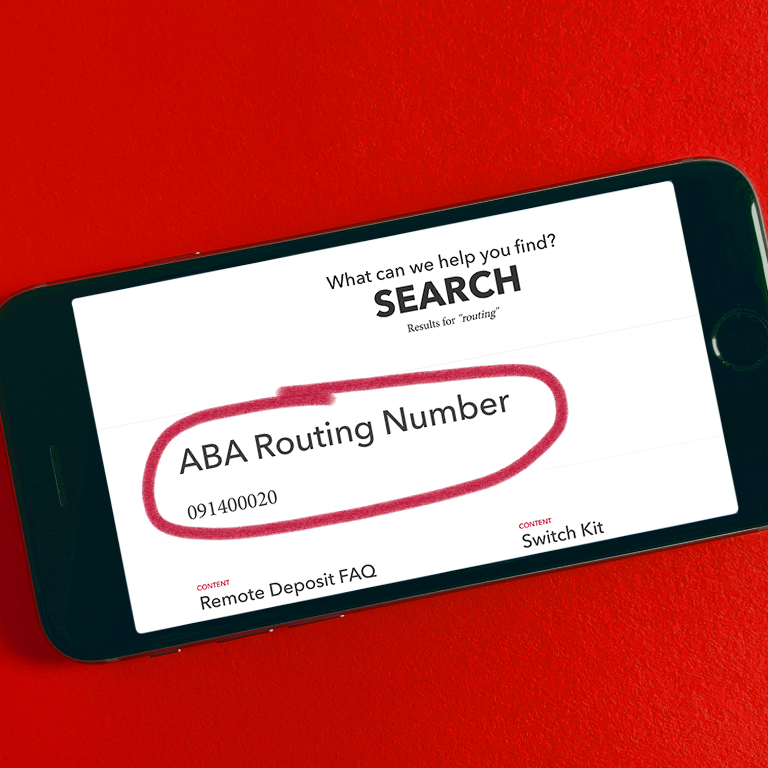Whether money is tight, you’re saving up for a big purchase, or you just want to keep track of your finances, budgeting is an essential skill when it comes to money management. But making a budget and sticking to it can be a daunting task.
A lot of people struggle with budgeting. It’s usually not because they’re bad at it — it’s most likely because they’re using methods that aren’t right for them. Everyone has a different situation, so a budget that works for someone else may not work for you.
So, let’s break down some different types of budgets to see what would be most effective for you.
Traditional budget
Let’s start at square one. The traditional budget is the most basic type of budget. You likely already know what a traditional budget is and have maybe tried it for yourself (and possibly failed).
With a traditional budget, you make a list of your expense categories, such as food, rent, gas, etc. The total of these expense categories should be less than your monthly earnings. Then, you list every purchase throughout the month — from your phone bill to every morning coffee (no cheating) — and keep track of where you stand.
At the end of the month, money spent in each expense category should not exceed the allotted amount. Additionally, the total money spent should not exceed, and may even be less than, the total amount budgeted for the month.
Traditional budgets are good for those who are tight on money, saving for a big purchase, or have a lot of debt. They provide a deeper look into your spending habits so you can identify the areas you may be overspending in, the areas that need a higher budgeted amount, and ways you can cut back to save even more.
However, maintaining a traditional budget can be meticulous and time-consuming, making you more likely to give up. If you don’t think a traditional budget is right for you, keep reading for alternatives.
50/30/20 budget
Similar to a traditional budget, the 50/30/20 budget uses expense categories to track spending. However, this budget is a bit easier to manage than its counterpart.
With a 50/30/20 budget, you allocate 50% of your after-tax income to necessities, 30% or less to wants, and 20% or whatever remains to savings and debt repayment.
This type of budget is fitting for someone with a lot of debt or trying to save up. Also, a 50/30/20 budget is more flexible than a traditional budget, making it ideal for someone with more wiggle room in their income.
That being said, this budget still has limitations and requires tedious tracking of spending. If this budget isn’t right for you either, maybe try a savings budget.
Savings budget
Unlike the traditional and 50/30/20 budgets, a savings budget eliminates spending categories altogether.
With this type of budget, you track what you’re saving rather than what you’re spending. For example, you might allot 25% of your after-tax earnings to savings and then leave the rest of your income open to spend freely.
That way, you don’t have to track specific spending categories, allowing you to spend your leftover income how you want while still accumulating savings.
“One advantage to a savings budget is that you don’t have to sweat the small stuff, like grabbing an expensive coffee, because the big stuff is already taken care of,” said Chief Wealth Management Officer Adam Cox.
This budget is ideal for someone with a stable income, a fully funded emergency fund, and little to no debt.
Budgeting in action
Once you’ve decided which budget is right for you, be on the lookout for Budgeting 102, where we’ll help you find ways to stick to your new budget!
In the meantime, if you want to see how other people approach budgeting, listen to our podcast, Common Cents on the Prairie™. In the episode “Money & Marriage Pt. 2”, host Adam Cox and his wife, Diane, discuss how they handle money, including how they’ve used different types of budgets.
Listen to the entire episode here or find Common Cents on the Prairie wherever you stream your podcasts.





